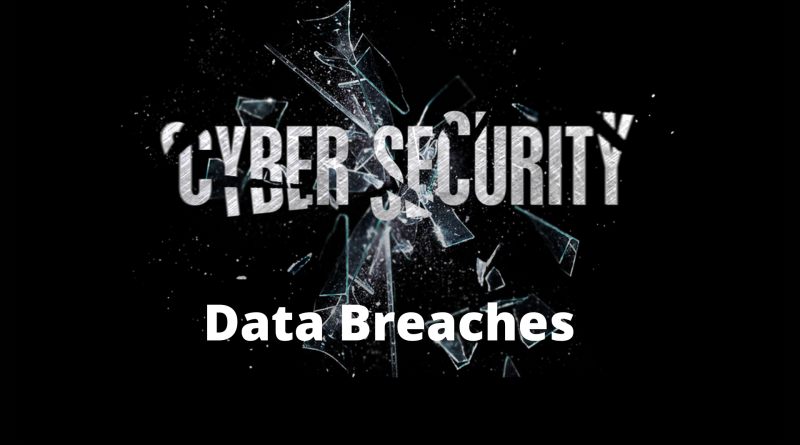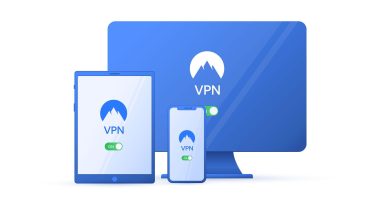The 10 biggest data breaches in history
It’s not always a safer moment for a company to start and sustain a successful business. For the purpose of preventing the repeat of mistake which causes data theft we have compiled the list of most serious and most damaging data breaches ever.
What are data breaches?
Data breaches are situations in which sensitive data, such as financial information, medical records, or personally identifiable information is leaked or stolen from companies and organizations. Data breaches happen when hackers gain access to a company’s or organization’s customer data, either through malicious activity or by accident.
The 10 Biggest Data Breaches Ranked by Impact
Recent data breaches have put millions of data records at risk. Some of the biggest data breaches in recent years are listed below.
1. Yahoo
In 2013, data from 3 billion email accounts was stolen by a hacker, compromising the data of hundreds of millions of people. This massive data breach is considered one of the largest data breaches in history and has had significant impact on many people who had used Yahoo’s email service.
2. Equifax
In 2017, hackers gained access the data of more than 145 million people, including names, Social Security numbers, dates of birth, addresses, and driver’s license numbers. The private data breach had a major impact on those affected, as it put them at risk of identity theft and fraud.
3. Marriott
In 2018, hackers accessed the data of more than 500 million guests of the Marriott hotel chain, including names, addresses, phone numbers, email addresses, passport numbers, and data from Starwood hotels that was collected prior to 2018. The data breach affected millions of people worldwide and is one of the largest data breaches in history.
4. Target
In 2013, hackers accessed data on 40 million credit and debit cards of Target shoppers, as well as data on 70 million people, including names, addresses, phone numbers, and email addresses. The data breach had a major impact on those affected, as it put them at risk of identity theft and fraud.
5. Anthem
In 2015, hackers accessed the data of more than 80 million people, including names, addresses, birthdays, Social Security numbers, and employment information. The leak had a significant impact on those who were affected, since it put them at risk of identity theft and fraud.
6. Home Depot
In 2014, hackers accessed 56 million debit and credit card data of Home Depot shoppers, as well as data on 53 million people, including names, addresses, and email addresses.
7. Sony
In 2014, hackers accessed data on 77 million PlayStation Network accounts, as well as data on 24 million Sony Pictures Entertainment employees, including names, addresses, Social Security numbers, and dates of birth.
8. eBay
In 2014, hackers accessed data on 145 million eBay users, including names, addresses, phone numbers, and date of birth. The breach had a significant influence on those affected since it put them at risk of identity theft and fraud.
9. UConn Health
In 2018, hackers accessed data on 4.5 million patients of UConn Health, including names, Social Security numbers, personal health information – medical diagnoses, dates of birth, and health insurance data.
10. Adult Friend Finder
In 2016, hackers accessed data on 412 million users of the adult dating site Adult Friend Finder, including names, email addresses, and sexual preferences/interests.
These are just some of the largest data breaches that have occurred in recent years. data breaches have become more common, with large companies and organizations being targeted by hackers. These data breaches can have a major impact on those affected, as they can put them at risk of identity theft and fraud.
If you have sensitive data, it is important to take measures to protect yourself from data breaches. Some steps you can take include using strong passwords, regularly updating your software, and being cautious about what data you share online. It is also important to report any data breaches that occur so that the appropriate actions can be taken to prevent future data breaches.
What are some steps people can take to protect themselves from data leaks?
There are a number of steps people can take to protect themselves from compromised data leaks. Some steps you can take include using strong passwords (using password manager for example), regularly updating your software, and being cautious about what data you share online.
It is also important to report any data leaks that occur so that the appropriate actions can be taken to prevent future data breaches. This may include investing in data security measures such as data encryption, data backups, and data monitoring tools. Additionally, it is important to remain vigilant about potential threats, and to educate yourself about common data breach tactics and how to avoid them.
What are some common data breach tactics?
There are a number of common data breach tactics that hackers use to gain access to data. Some common tactics include phishing, social engineering, and malware.
- Phishing is when hackers send emails or text messages pretending to be from a legitimate organization, in order to trick users into sharing sensitive data.
- Social engineering is when hackers try to obtain data by exploiting human psychology and gaining people’s trust or sympathy.
- Malware refers to malicious software that is used to gain access to data on users’ devices without their knowledge or permission.
To protect yourself from data breaches, it is important to be aware of these tactics and how to avoid them.
What are some common data leak prevention tactics?
There are a number of common data leak prevention tactics that companies and organizations can use to protect data. Some common data leak prevention tactics include data encryption, data backups, and data monitoring tools.
- Data encryption is a process of transforming data so that it is unreadable by anyone who does not have the decryption key.
- Data backups refer to creating copies of data so that it can be recovered in the event of data loss.
- Data monitoring tools are used to detect and prevent data breaches by tracking data usage, identifying suspicious activity, and preventing unauthorized data access.
To effectively prevent data leaks, companies and organizations should invest in data security measures such as these to keep their data secure.
What is targeted in Data Breaches?
Targeted data in data breaches can vary depending on the type of data that is being stored or used by a particular organization. Some common data that may be targeted in data breaches includes sensitive personal information, payment card data, intellectual property, and private communications. Because this data provides value to hackers, it is often a target for data breaches.
Organizations that store, process, or transmit data should take steps to secure this data and prevent data breaches.
What can criminals do with the data they steal?
There are a number of things that criminals can do with breached data that they steal in data breaches. Some common uses for data stolen in data breaches include identity theft, fraud, and extortion.
- Identity theft is when criminals use personal data to impersonate someone else in order to obtain financial benefits or access to sensitive information.
- Fraud is when criminals use stolen data to commit financial crimes such as credit card fraud or bank fraud.
- Extortion is when criminals threaten to release sensitive data unless they are paid a ransom.
Where can I see data breaches?
There are a number of online resources where you can see data breaches, including data breach databases such as the Identity Theft Resource Center, Databreaches.net, and HaveIBeenPwned. Some data breach resources may also include news articles about data leaks and data security incidents.
To stay up-to-date on the latest data breaches and data security news, you can also follow data breach alert services of DataBreaches.net on Twitter or subscribe to data breach notification newsletters. You can also check out online data security resources like StaySafeOnline for more tips and information on data security best practices.



